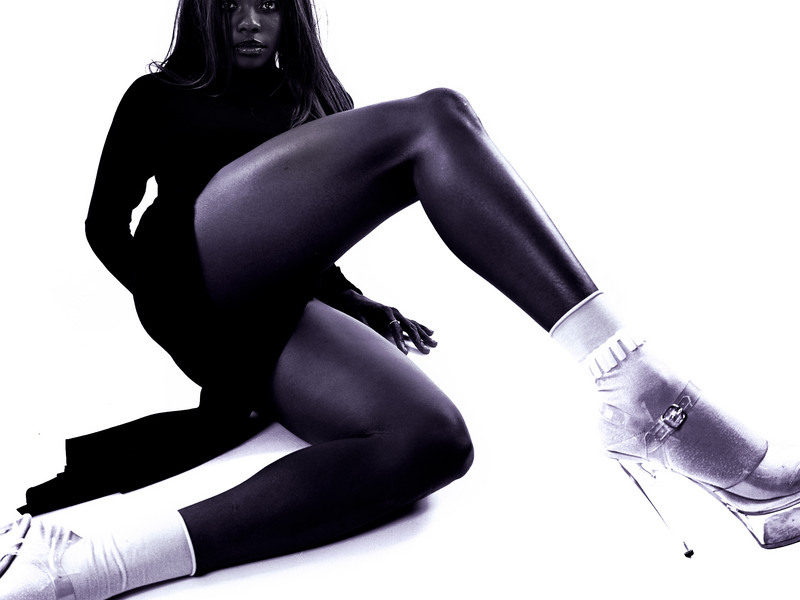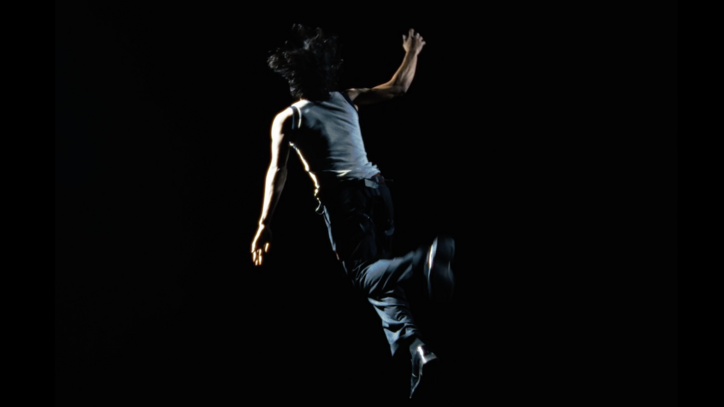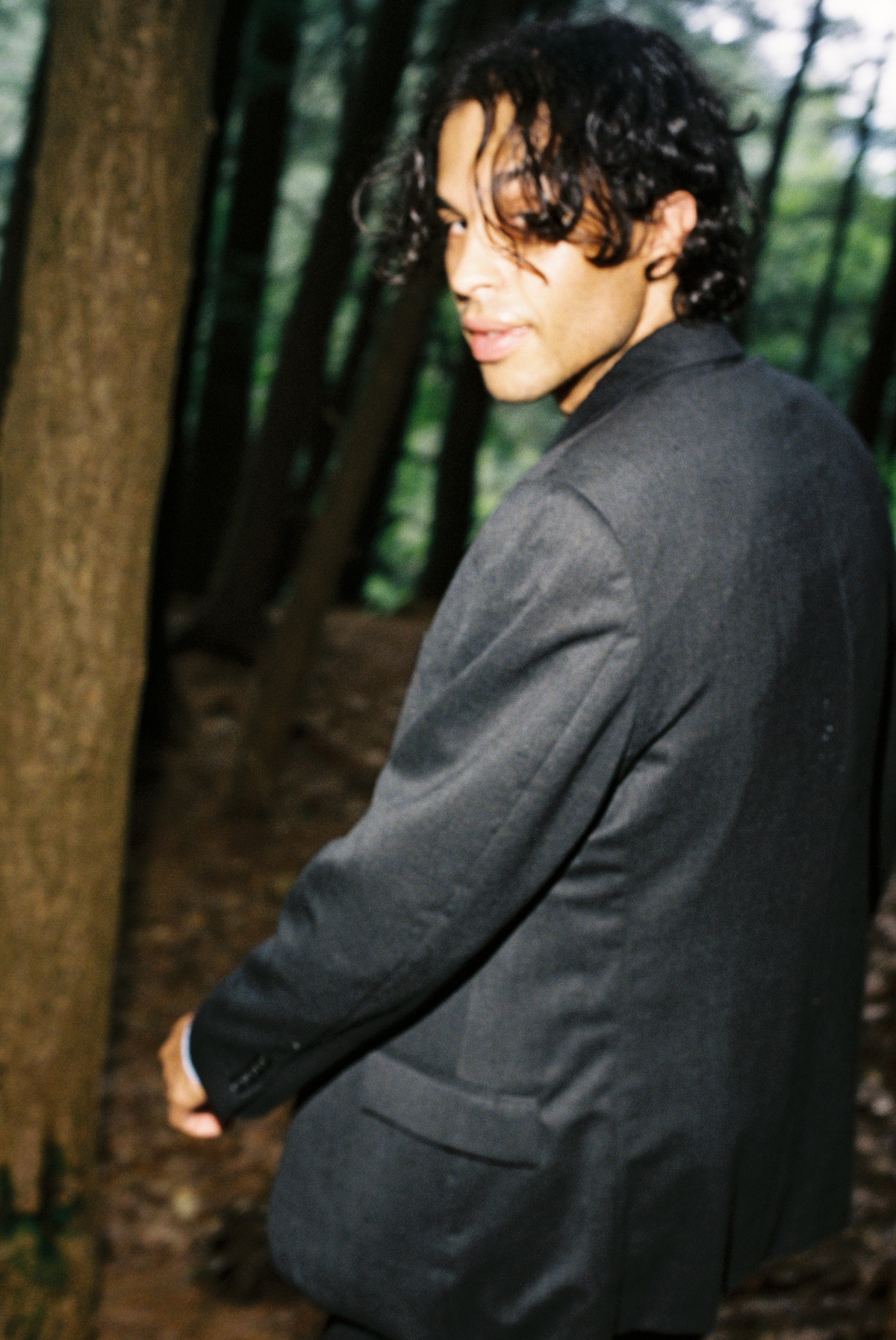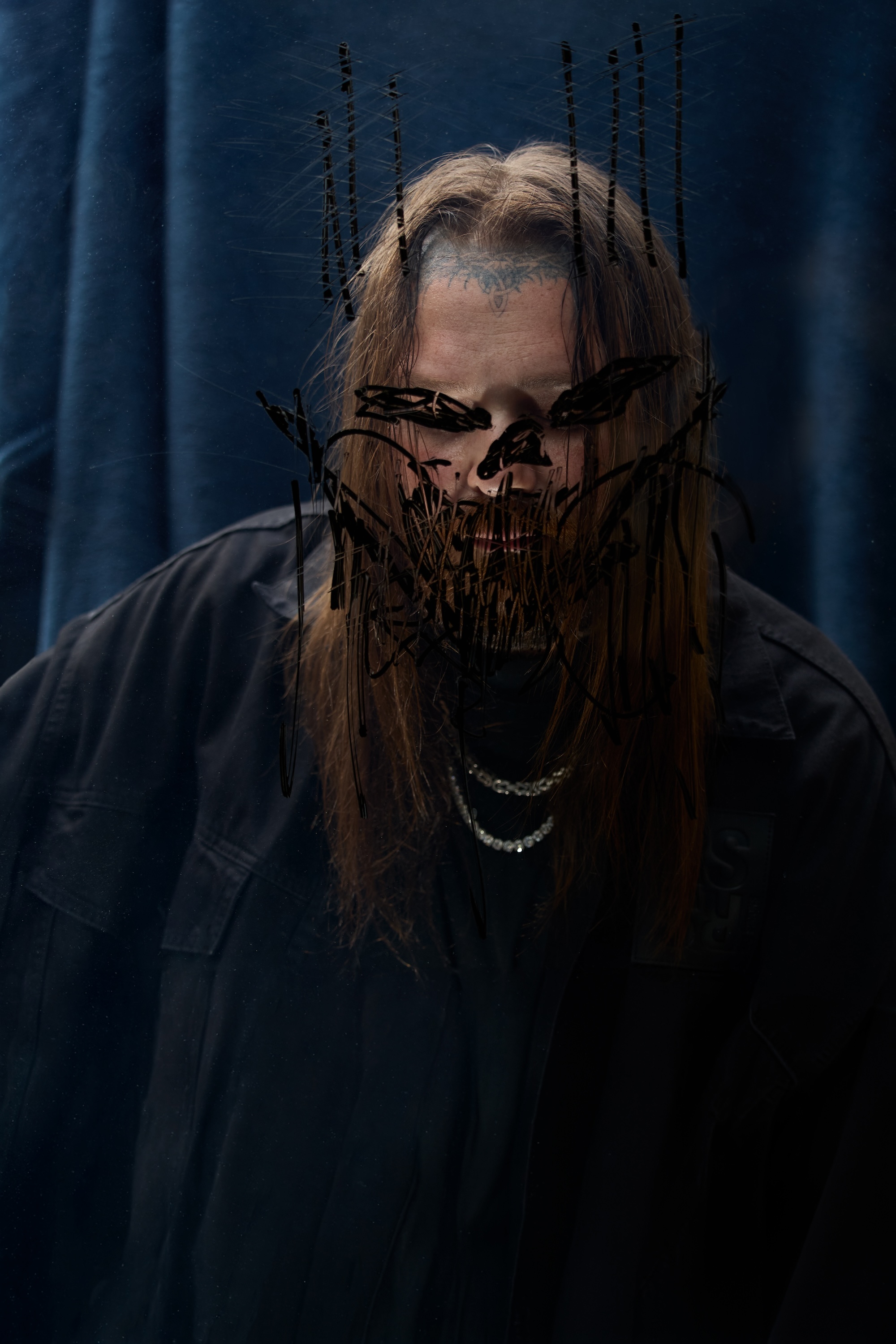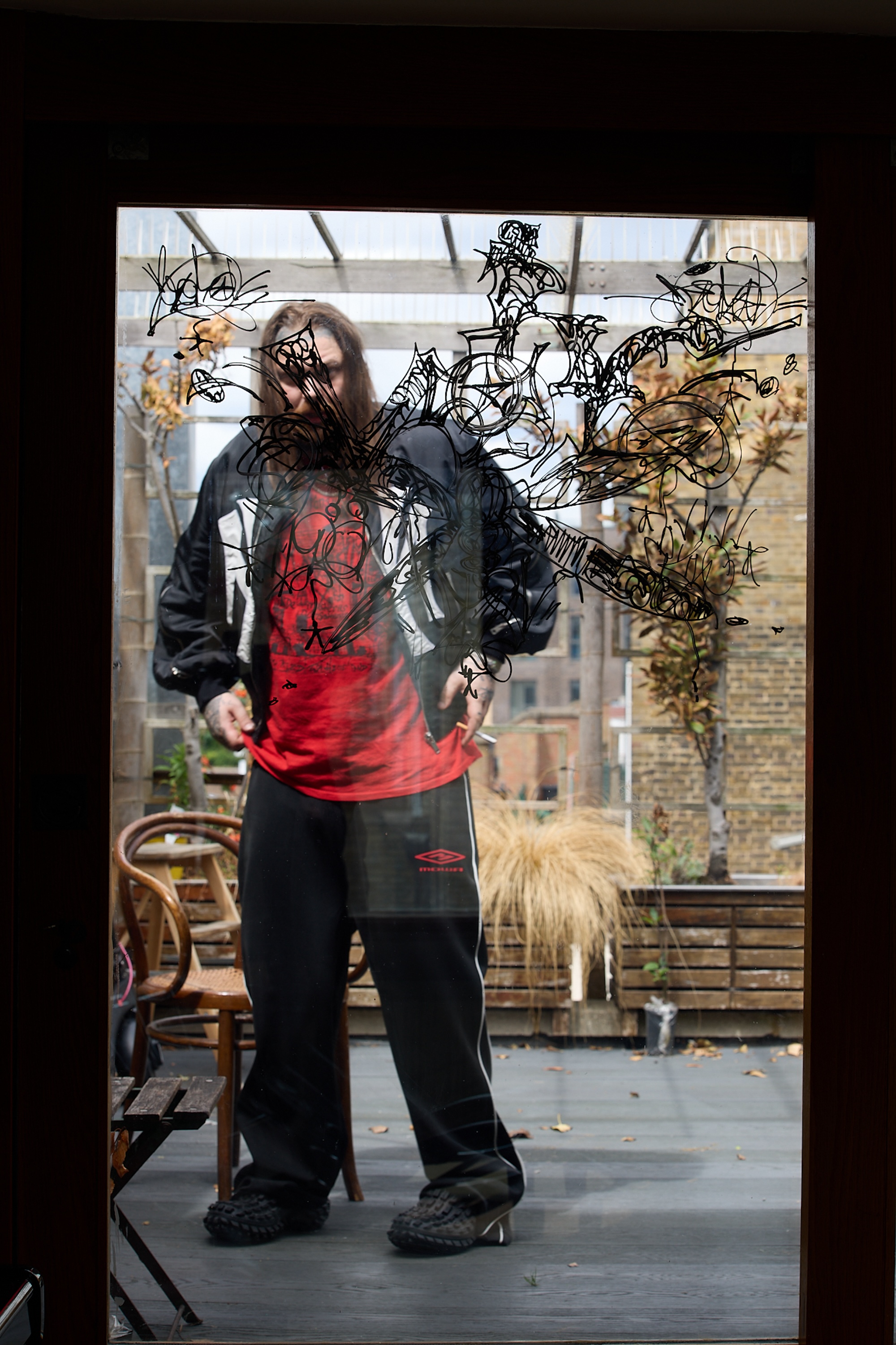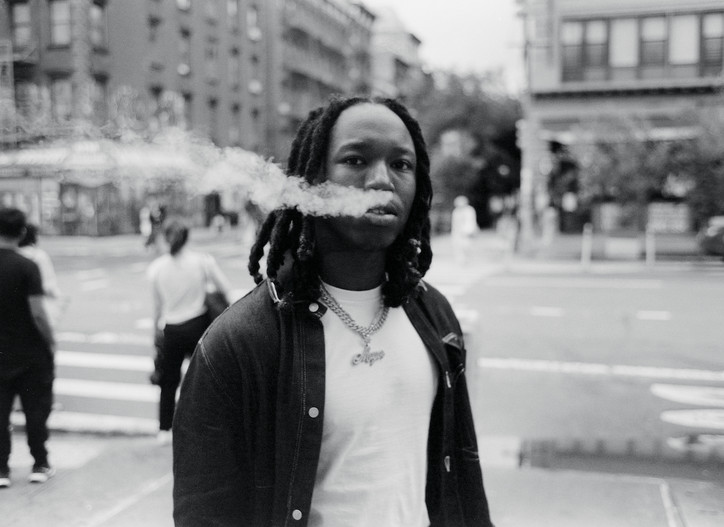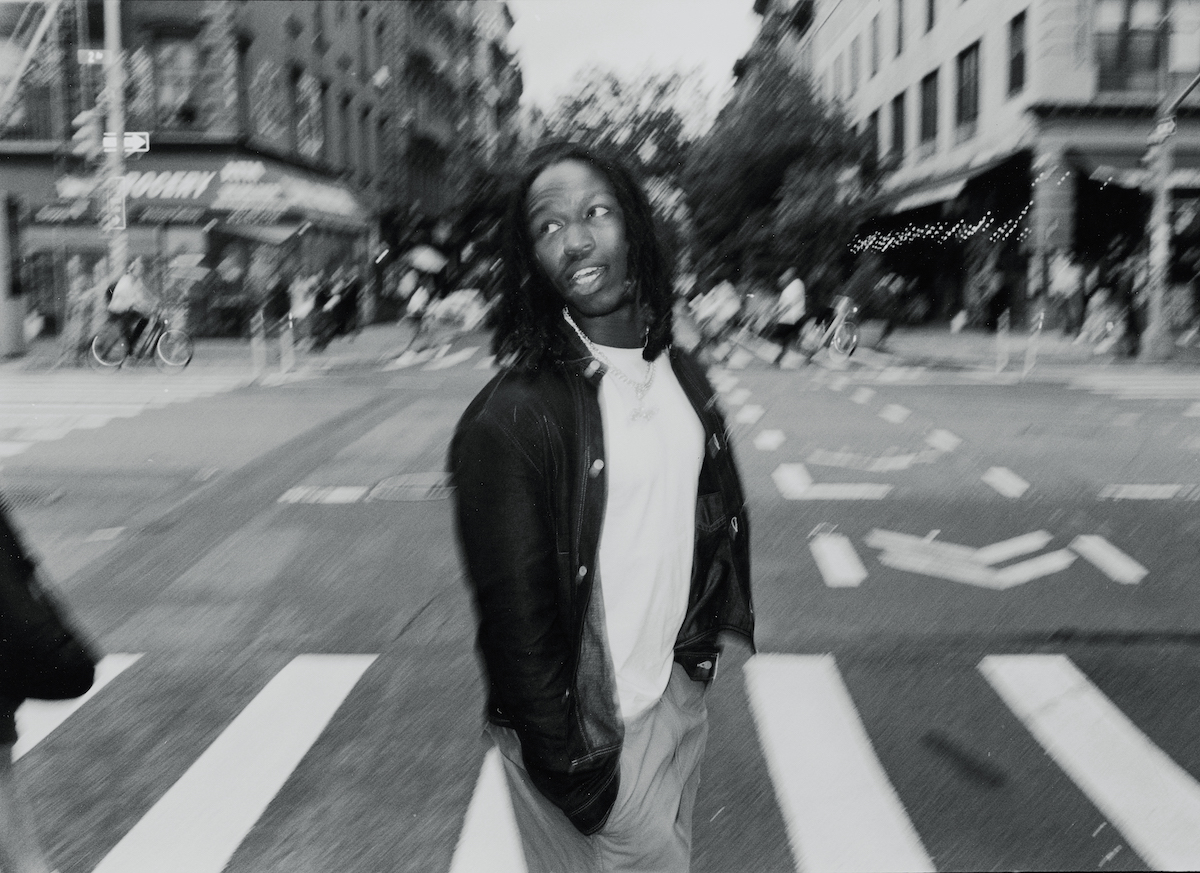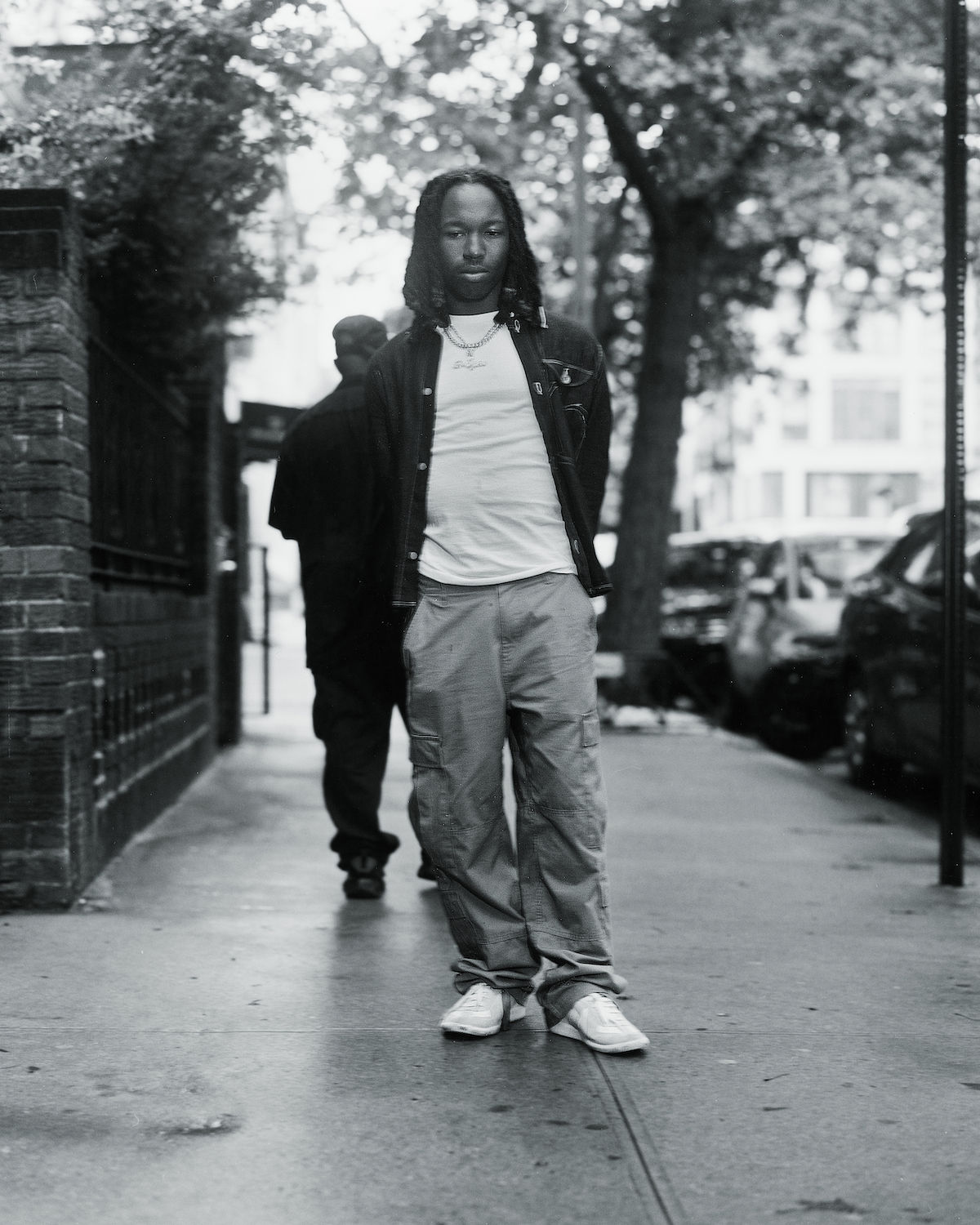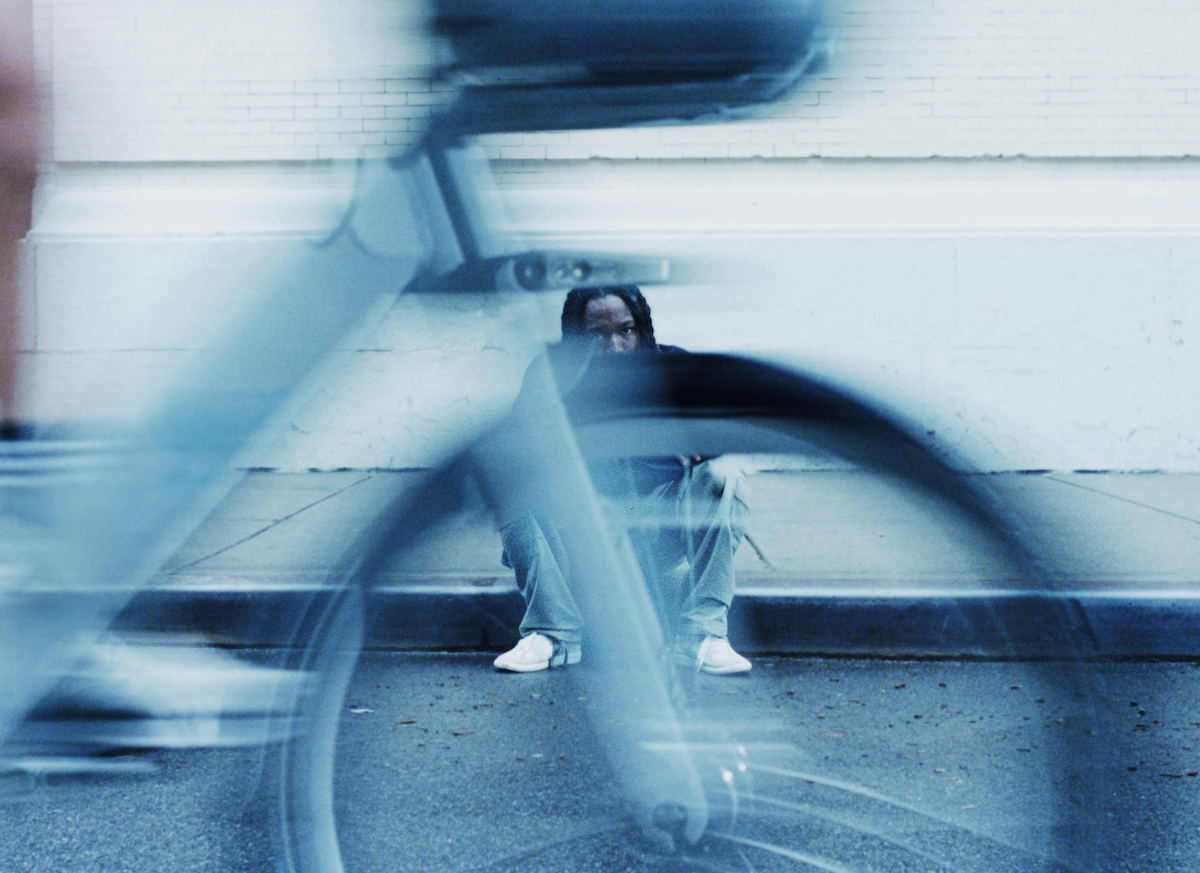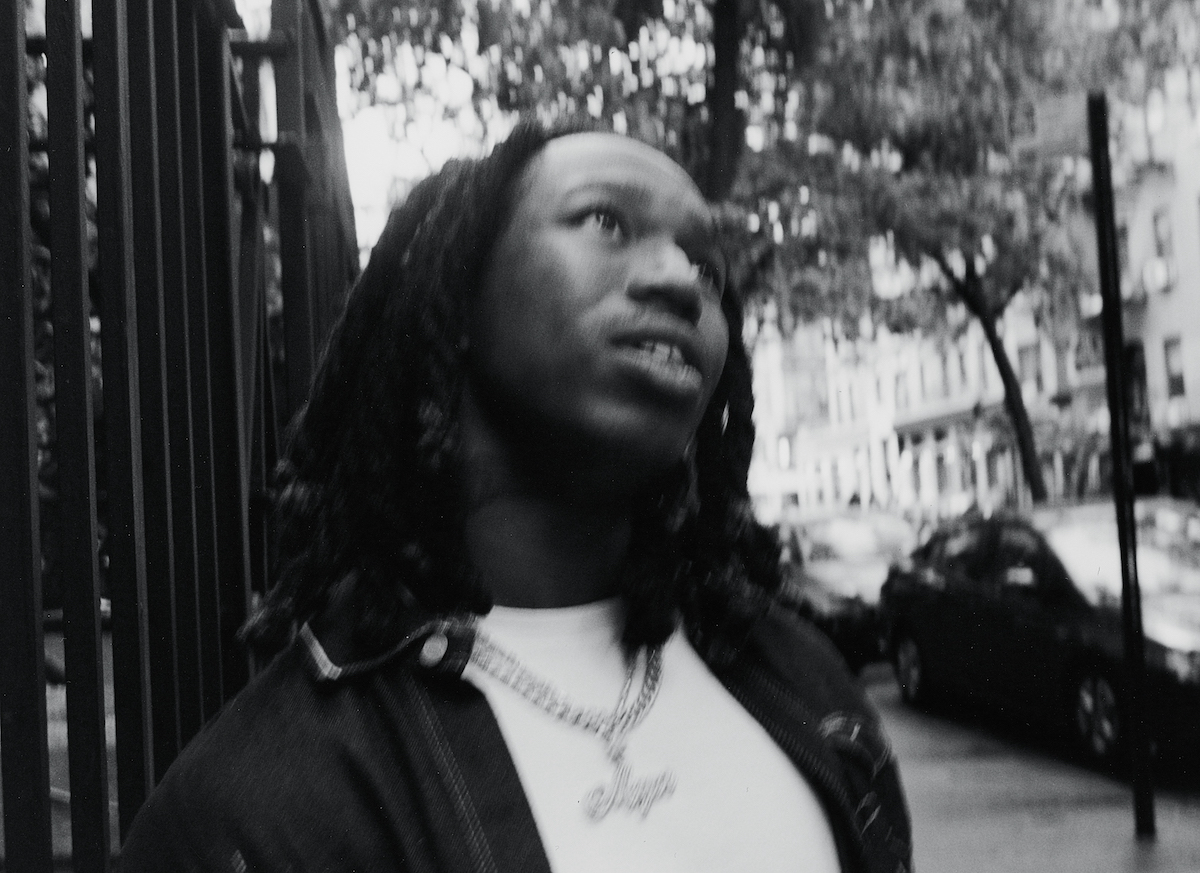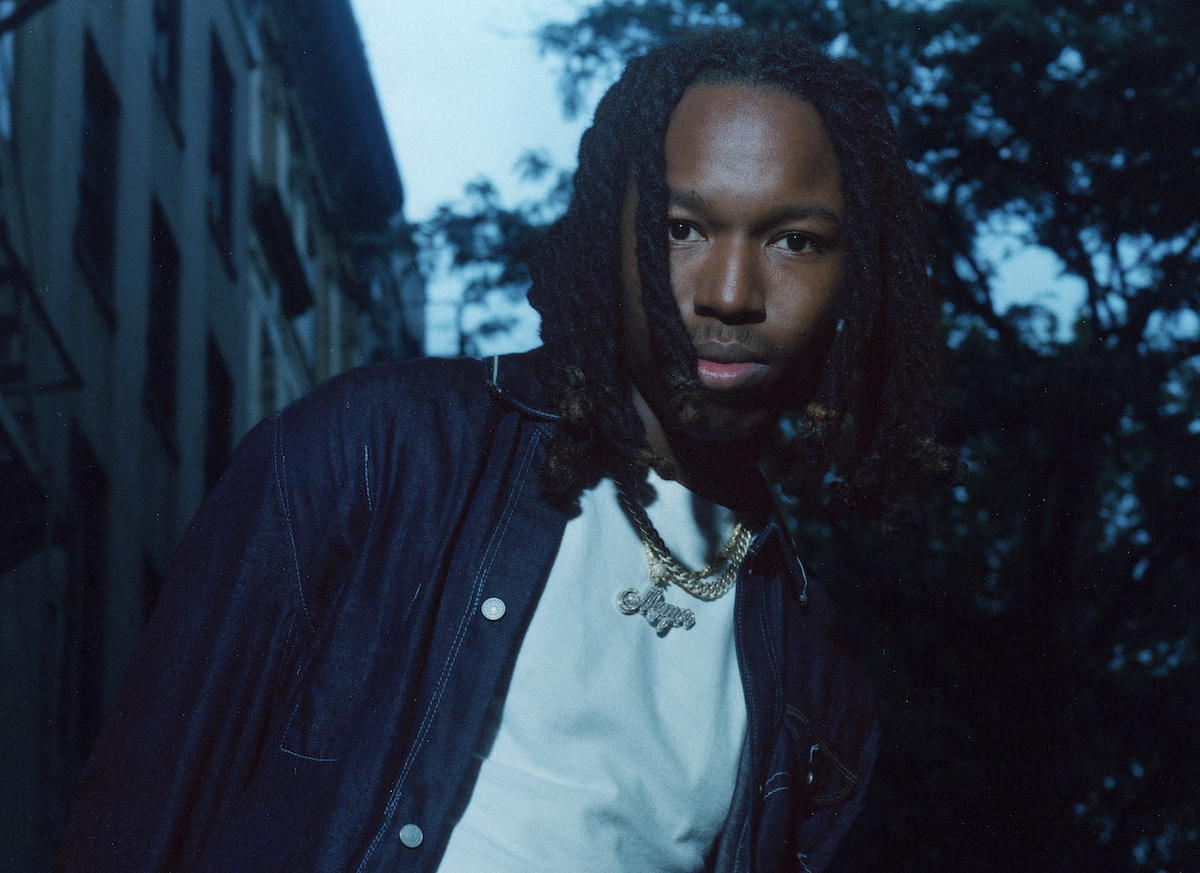Discussing influences with Taylor can feel almost pointless, as his interpretation of Middle Eastern music is as present as his inspiration from contemporaries in electronic music. His sound defies clear-cut influences — it's so many things at once, a formless, genreless exercise in noise. Is he rapping? Why is he moaning? What is that sound, and how does a human being create it? Starchris represents years of experimentation, a testament to Taylor's relentless work ethic, which extends beyond music into video game development. The video for his single "North Side" featured footage from a game he coded, highlighting the parallels between creating a universe in music and in games. The technicolor glitches and star-collapsing synths of Starchris reveal Taylor's fascination with an auditory plot, communicated through the rise and fall of crashing riffs and distortion.
The record recalls the ecstasy of Ecco2k's singing, the explosive production of JPEGMAFIA, and the masters of the quiet-loud dynamic, like PJ Harvey in her timeless '90s records. Body Meat’s choice to start the album with "A Tone In The Dark" and then transition into "The Mad Hatter" is like watching a neutron star collapse in The Matrix. It’s disconcerting — it shouldn’t work, but it absolutely does. The album is immediate, cratering upon impact.
I first saw Body Meat open for Injury Reserve on tour in 2019. His dynamism and stage presence were a breath of fresh air; Taylor was elastic on stage, creating sounds with his drum pads that I didn’t know were possible to create live. It was one of the last shows I saw before the pandemic hit, leaving an indelible mark on me. Five years later, it was great to catch up with Body Meat and hear what he’s been working on since 2019’s Truck Music and 2021’s Year Of The Orc. Read our full conversation below.





